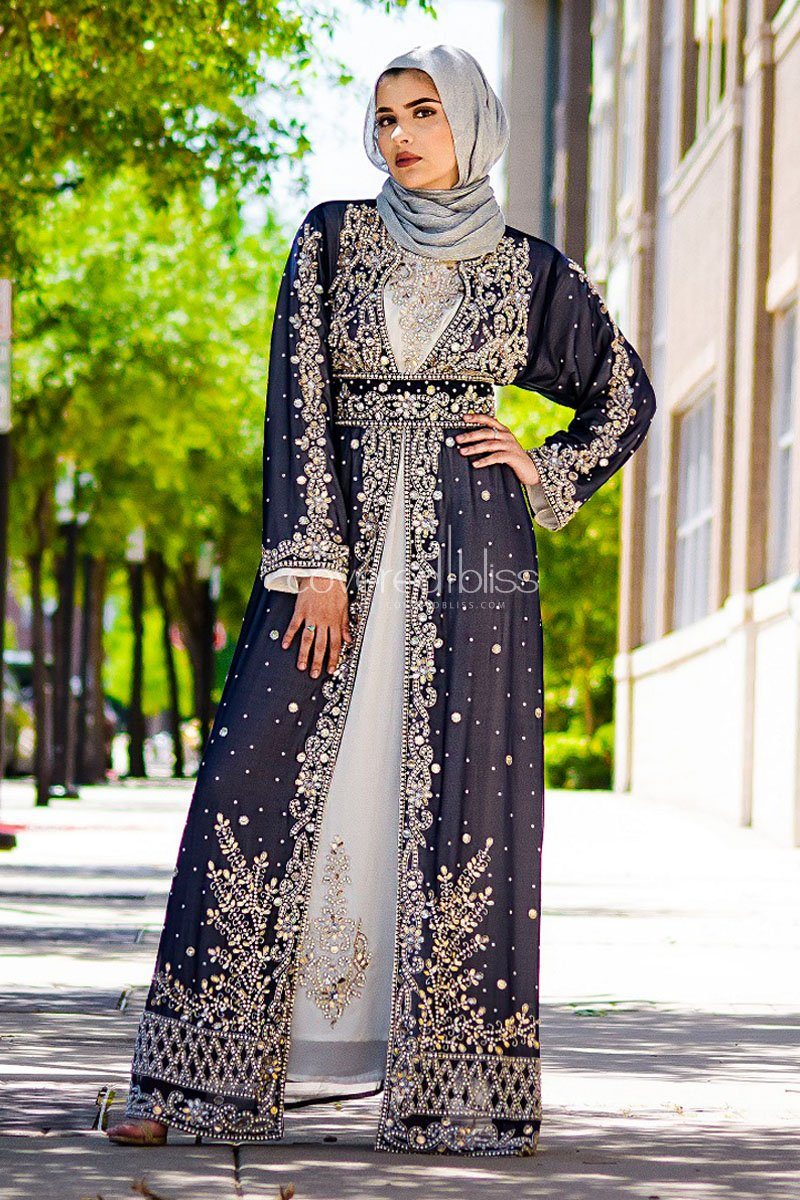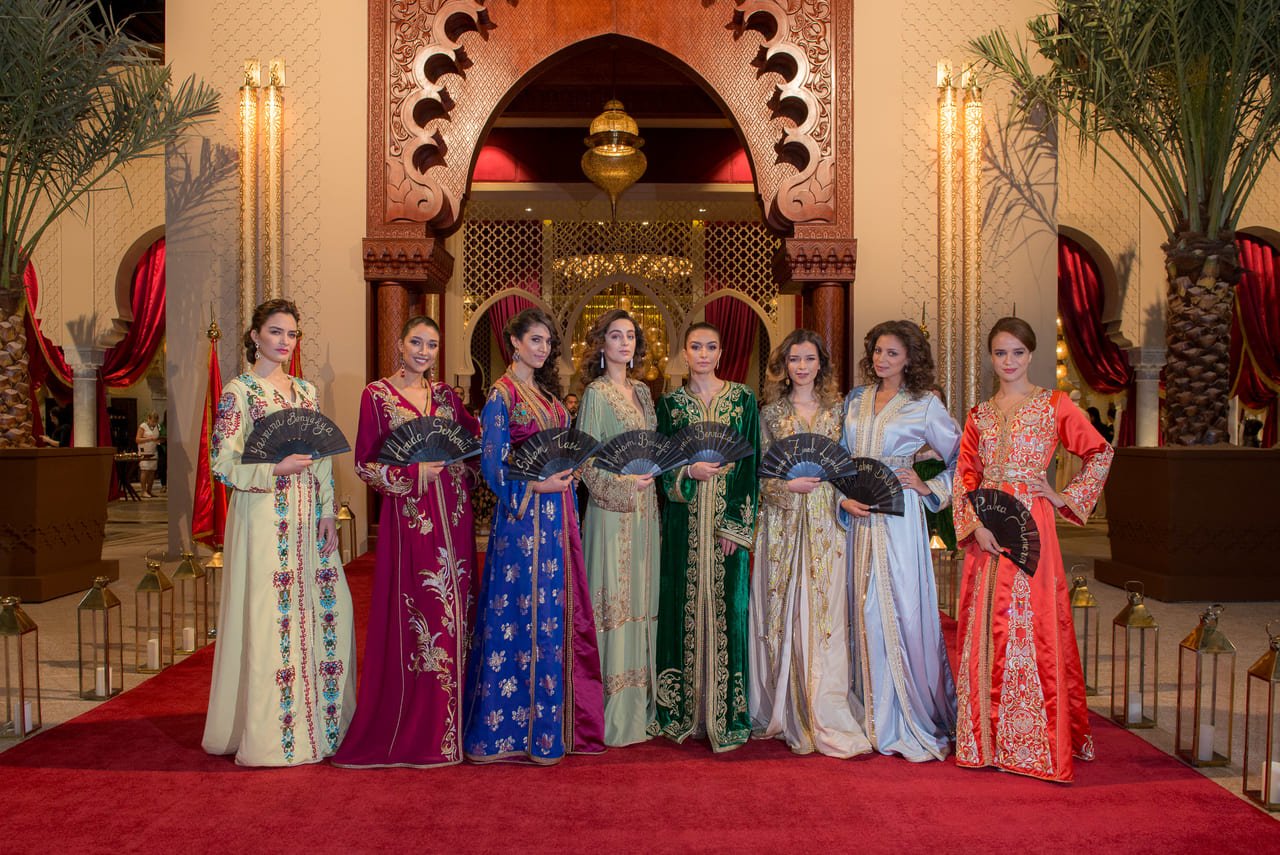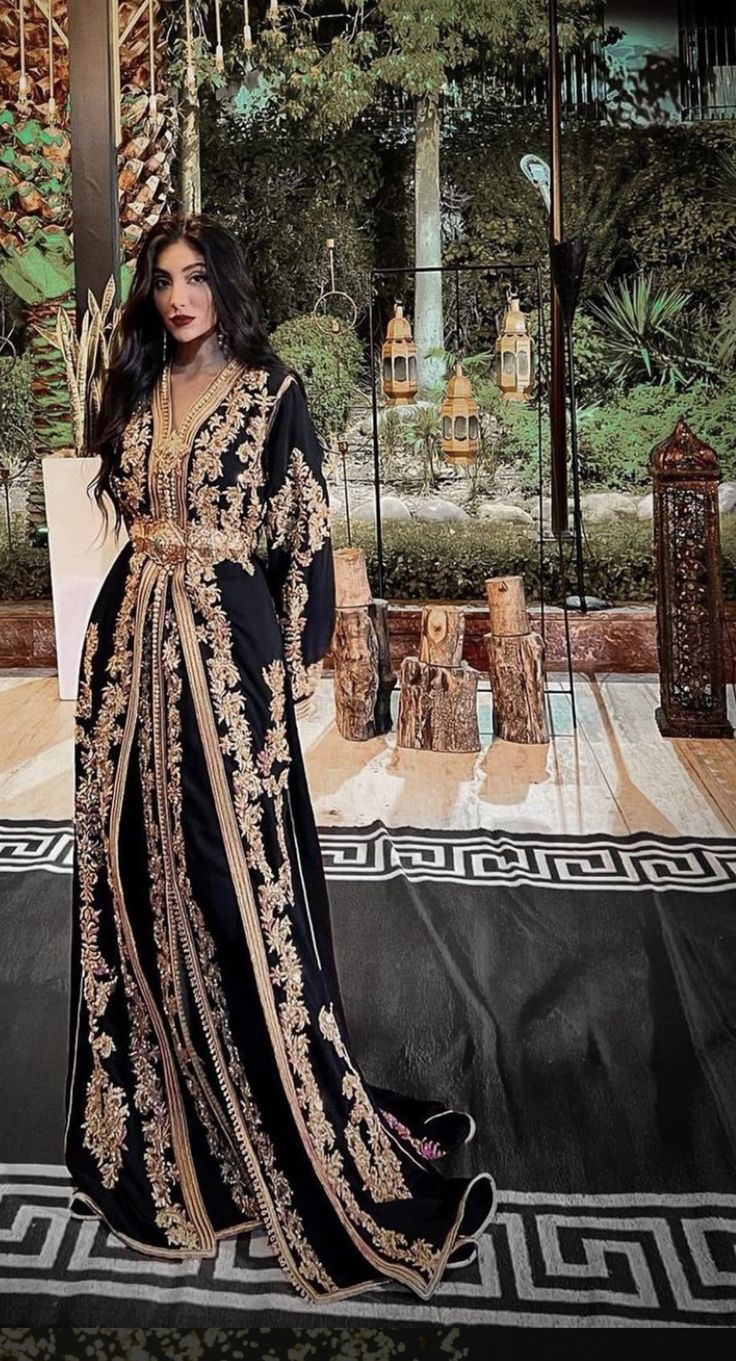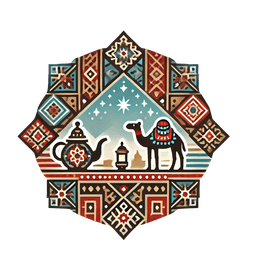- Published on
The Timeless Elegance of the Moroccan Kaftan
- Authors

- Name
- Adil ABBADI
Introduction
The Moroccan Kaftan is more than just a garment—it's a symbol of tradition, elegance, and cultural pride. Worn at celebrations, weddings, and special events, the kaftan reflects centuries of Moroccan history and craftsmanship. Its flowing silhouette, intricate embroidery, and luxurious fabrics make it one of the most iconic pieces of Moroccan fashion.
- What is the Moroccan Kaftan?
- A Brief History of the Kaftan
- Types of Moroccan Kaftans
- Materials and Craftsmanship
- The Kaftan in Moroccan Weddings
- Modern Interpretations of the Kaftan
- Conclusion
- Embrace the Elegance
What is the Moroccan Kaftan?
A kaftan is a long, flowing robe that originated in ancient Mesopotamia and was later adopted by various cultures, including Morocco. Over the centuries, the Moroccan version of the kaftan has evolved into a stunning, hand-embroidered piece often made of silk, satin, or velvet. The kaftan is typically worn by women, though men have their own versions of traditional garments.
Moroccan Kaftans are known for their opulent designs, detailed zari embroidery, and the way they drape gracefully on the body, symbolizing femininity and luxury.

A Brief History of the Kaftan
The history of the Moroccan kaftan dates back to the 12th century during the reign of the Almohad dynasty. Influenced by both Arab and Andalusian cultures, the kaftan became a staple for the royal family and aristocracy. Over time, the garment spread across all social classes, becoming a beloved part of Moroccan identity.
Today, the kaftan remains a central feature in Moroccan fashion, particularly for special occasions such as weddings, Eid celebrations, and important religious events. Designers continuously reinvent the kaftan, blending traditional craftsmanship with modern fashion trends.
Types of Moroccan Kaftans
Morocco boasts several types of kaftans, each distinct in style and purpose:
- Traditional Kaftan: Simple in design, often worn as daily attire in earlier centuries but now reserved for formal occasions. This version typically features modest embellishments.
- Takchita: A more elaborate form of the kaftan, consisting of two layers—a simple underdress and a heavily embroidered overdress. The Takchita is a popular choice for weddings and grand celebrations.
- Modern Kaftan: A contemporary take on the traditional garment, incorporating bold colors, modern cuts, and sometimes even Western influences.

Materials and Craftsmanship
The Moroccan kaftan is renowned for its luxurious materials and meticulous craftsmanship. High-quality fabrics such as silk, brocade, and velvet are often used, while artisans spend weeks hand-stitching intricate designs using gold thread and crystal embellishments. The attention to detail reflects Morocco's rich history of textile craftsmanship.
Key elements of a kaftan include:
- Embroidery: Moroccan kaftans are known for their delicate and ornate embroidery, typically done in gold or silver threads. Patterns often include floral designs, geometric shapes, or motifs inspired by Moroccan architecture.
- Beading and Crystals: Many kaftans feature hand-sewn beads and crystals that add a touch of sparkle and elegance, especially in pieces designed for weddings.
- Zari Work: A traditional method of weaving gold or silver threads into the fabric, creating a luxurious and intricate finish.
The Kaftan in Moroccan Weddings
No Moroccan wedding is complete without the bride donning an exquisite kaftan or Takchita. Brides often wear multiple kaftans throughout the ceremony, each one more intricate and luxurious than the last. The kaftans are paired with stunning jewelry and headpieces, making the bride the center of attention.
Each region in Morocco has its own unique style of kaftan, and the bride's choice of kaftan often reflects her cultural heritage and family traditions.
Modern Interpretations of the Kaftan
Today, Moroccan designers are giving the traditional kaftan a modern twist. Contemporary versions feature:
- Bold colors: While classic kaftans often use muted tones, modern designs embrace vibrant colors like turquoise, fuchsia, and emerald.
- Western silhouettes: Some designers incorporate Western cuts and silhouettes, making the kaftan more accessible to a global audience while maintaining its cultural essence.
- Minimalist designs: Simplified, elegant kaftans with subtle embroidery cater to those seeking a modern yet traditional look.

Conclusion
The Moroccan kaftan is a celebration of Moroccan heritage, artistry, and culture. Whether worn at a wedding, a festival, or a special family gathering, the kaftan represents elegance and timeless beauty. Its intricate details, luxurious fabrics, and cultural significance make it a piece that transcends fashion, connecting the past with the present.
Embrace the Elegance
If you’re looking to experience a piece of Morocco's rich fashion history, a Moroccan kaftan is the perfect garment to embody luxury, tradition, and timeless beauty.
